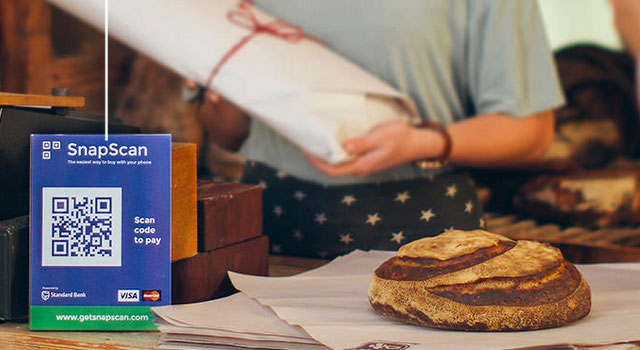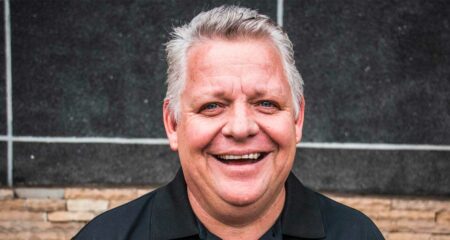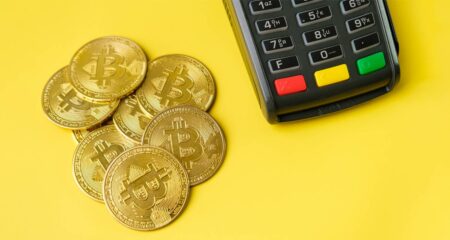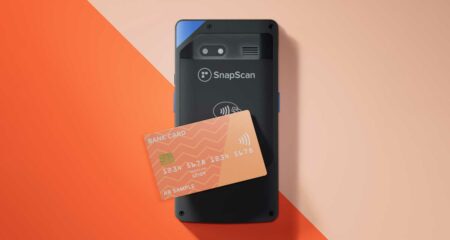 In the past few months, South Africans have been introduced to a range of new mobile payment systems that turn ordinary smartphones into digital wallets, allowing people to pay for goods and services without cash or cards.
In the past few months, South Africans have been introduced to a range of new mobile payment systems that turn ordinary smartphones into digital wallets, allowing people to pay for goods and services without cash or cards.
That sparked an idea. Much is made of the cashless society, but is it really possible to survive without cash in your wallet? We decided to test the proposition, and yours truly was nominated as guinea pig. The only rule was that no cash was allowed. Payments could be done using cards, but I’d use smartphone apps and other electronic payment mechanisms when I could.
It seemed like an easy ask. I already use a cheque card for most of my transactions. I do still use cash when it’s needed, but this actually happens far more often than I’d realised.
Always up for a challenge, I took the cash that was left in my wallet and gave it to the missus. She seemed happy with that. That was the last cash I would see for a while — or so I thought.
I immediately set about downloading and installing some of the mobile payment apps that have been launched in recent months, including SnapScan, Zapper, MasterPass and FlickPay. All these apps work similarly: you store your credit or debit card details securely in the app and, when it comes time to pay, you simply scan a QR code to finalise payment.
Project Cashless started off well enough. Most establishments accept debit or credit cards as payment, while mobile payment solutions, I discovered, were still largely focused on eateries and smaller merchants found at markets and fairs.
My first encounter with a mobile payment solution “in the wild” came a few days after the challenge started. As a craft beer enthusiast, I shop around to find new brews. I was happy to find my local craft beer merchant accepted SnapScan. The store owner had his QR code stuck on a piece of paper at the till point, and we had a short conversation about what he thought of SnapScan. His comments mirrored almost every merchant I have come across since. For him, smartphone payments work because he can offer another solution to his customers, but most people still pay by card or cash. He told me he still prefers card payments because SnapScan charges him 3% per transaction, while his credit card terminal costs him less than that.
Many merchants are playing a waiting game, choosing to see how users adopt these technologies and saying they will start using them if there is demand.
Considering these are still early days for mobile payment solutions, I wasn’t surprised at how few places offered them. At establishments where they were available, I often had to look around for any indication such payments were accepted.
Paying by cash or card remains the preferred method for many merchants, but everyone I spoke to was open to the idea of smartphone-based payment options.
Wheels come off
Project Cashless came to a screeching halt one afternoon about a week after it started, in Braamfontein in Johannesburg.
I parked my car on the street and noticed a parking attendant walking my way. Before she’d reached me, I knew there was going to be a problem.
The attendant only accepted cash. I asked her if she accepted MasterPass or SnapScan or one of the other mobile payment options. Not unsurprisingly, this only served to confuse. I had no cash in my wallet. The first option that popped into my mind was to grab a coffee and see if I could get cash back on my card. This would be in contravention of Project Cashless, but I had no choice.
The barista that served me laughed at me when I asked for cash back on my card. This is a practice reserved for large retail stores, but, heck, it was worth a try and I was getting desperate.
With a large coffee in hand, I asked the not-so-helpful barista where I would find the nearest ATM. “Two blocks over and you’ll see it on the left,” he offered.

A short, brisk walk later, I found the ATM. It was out of order. There was another one on the other side of the road. It, too, was offline. Annoyed, I walk up to a security guard and asked where the next ATM was. “Two blocks in that direction,” he said, pointing to a building even further away from where I’d parked.
I finally managed to get to what by that stage must have been the only working ATM in the city that day. I withdrew the minimum amount I needed and hot-footed it back to my car, where the attendant gladly accepted the crisp notes I’d just withdrawn.
This was not going well, and it wasn’t long before I came unstuck again.
This time, it was at a parking garage. There are some garages that accept card payments, but I wasn’t in luck that day. It was annoying, and something an app could easily resolve.
The Post Office also tripped up Project Cashess. Bizarrely, the company only accepts cash when you renew your motor vehicle licence. And all too often its card payment terminals are offline, forcing one to use cash. It’s not a good advertisement for an institution that hopes to launch a bank in the coming years.
SnapScan leads
Once I’d paid for a few items using my phone, I’d come to realise how much value this option adds to my payment experience.
SnapScan was by far the most popular and best known of the mobile payment solutions; I rarely used any of the others.
Only SnapScan and Zapper had a merchant listing in their apps, allowing users to see where they can pay using the systems. This is handy and it helped me discover new places in my neighbourhood.
It will probably take a few years yet before smartphone payment options become as commonplace as card. Even then, it may be impossible to wean myself completely off cash. But at least I have the beer covered. — © 2014 NewsCentral Media




